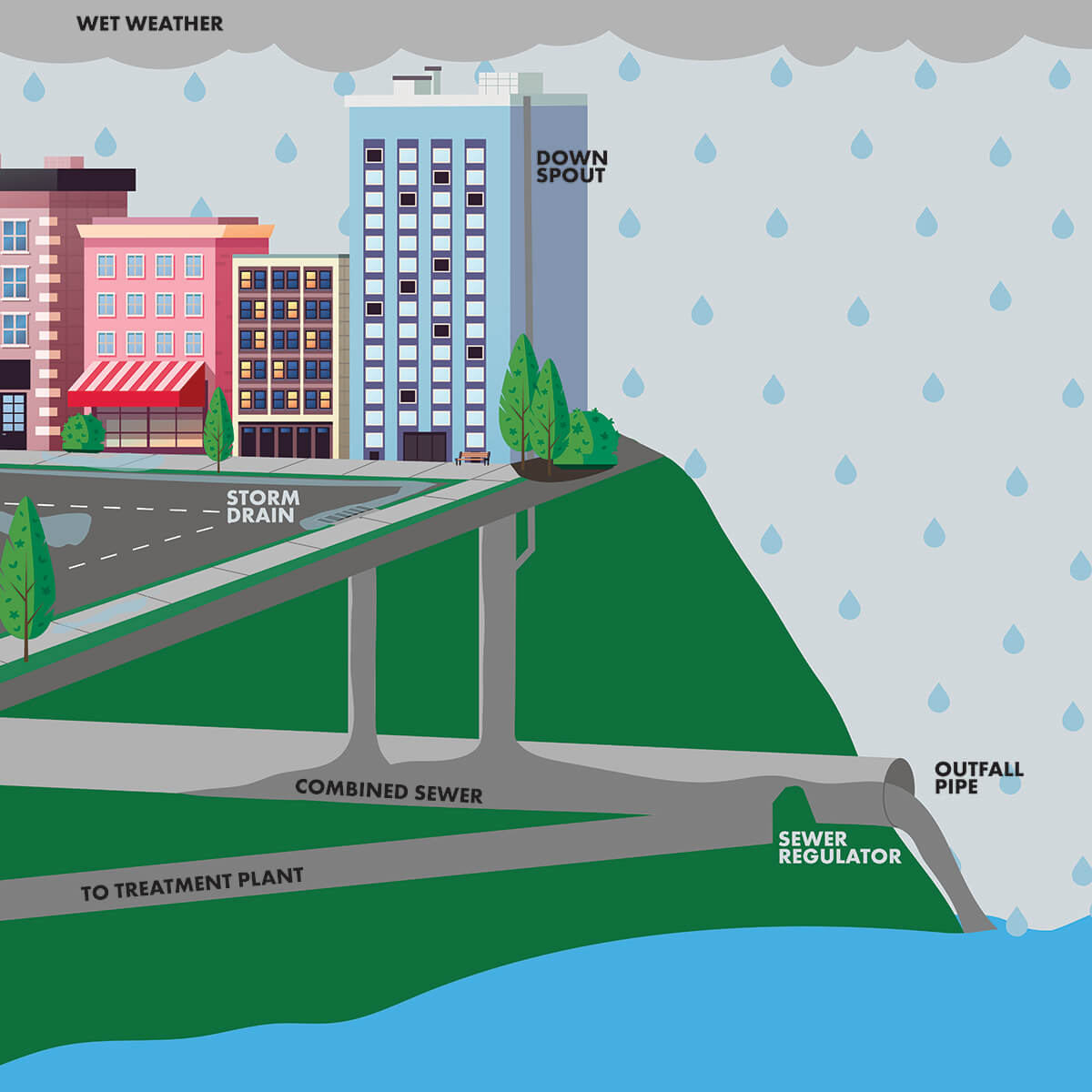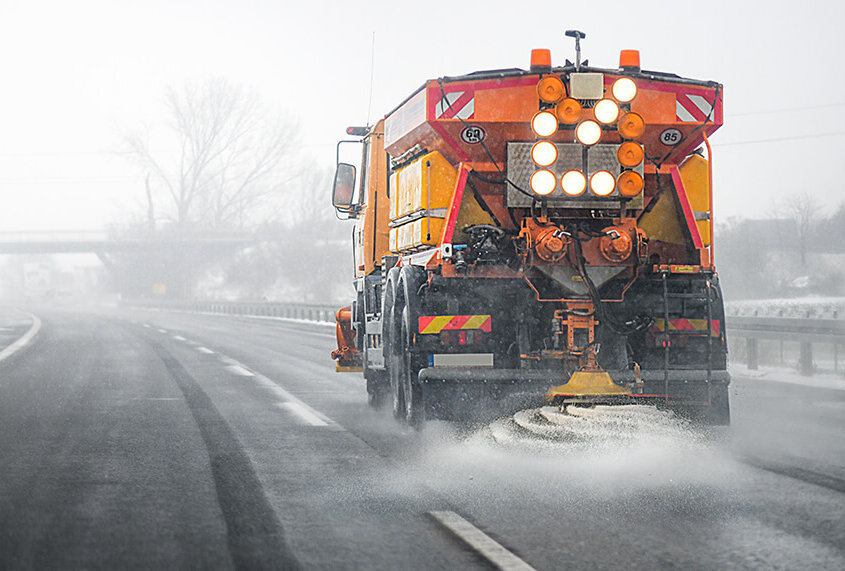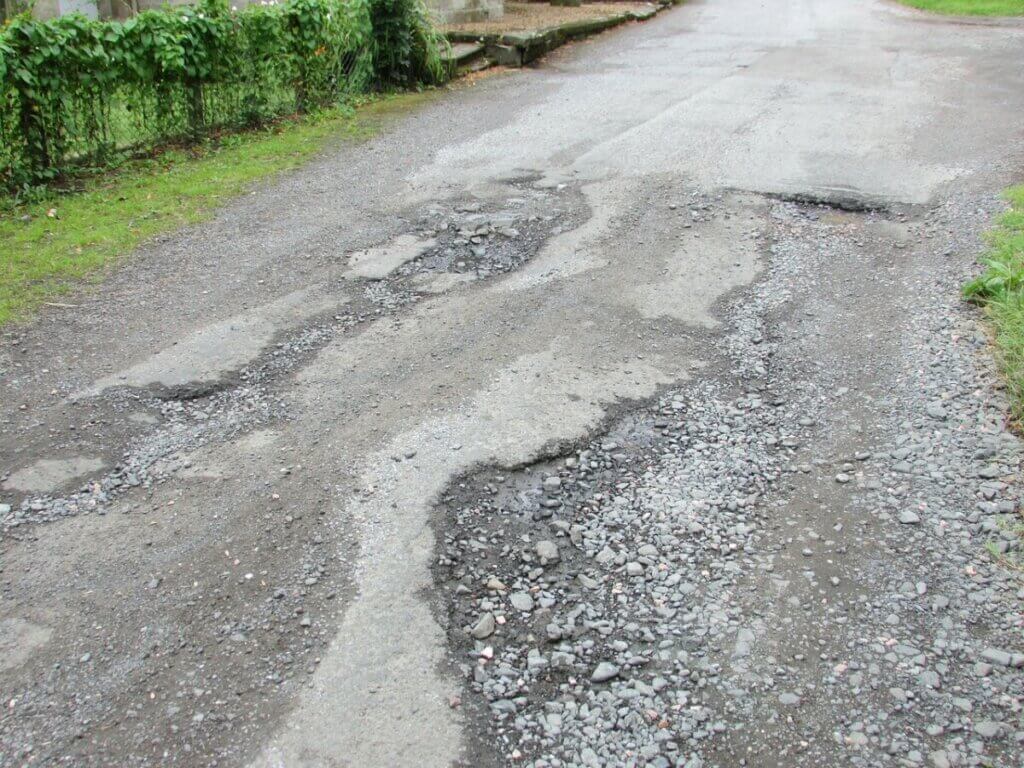When a heavy rain hits your community, you can see the results immediately and in the days that follow.
Immediately, ponding begins on uneven roads and around leaf-or-litter-filled storm grates, making hydroplaning a real possibility for drivers. Homeowners may see their gutters overflow, stone driveways wash away, or basements take on water.
In the days following, standing water sits on streets, parking lots, driveways, and yards. It can begin to erode pavement and cause roof or foundation damage.
And this is just what you can see above the ground!
Below the surface, all of this storm water needs somewhere to go.
Combined Sewer Overflows (CSOs)

For some communities, it’s heading into a combined sewer overflow (CSO) system. Under typical conditions, a CSO system ushers rain, sewage, and wastewater to a treatment plant. However, in situations where an overabundance of rain has fallen, the system “overflows” directly into rivers, streams, or other large bodies of water. These overflows contain human waste, industrial discharge, and other debris, and can dangerously impact water quality and conditions.
The Environmental Protection Agency (EPA) has established extensive short- and long-term policies and guidance for communities with CSOs in place with the goal of monitoring and decreasing the amount of waste overflowing into waterways.
Municipal Separate Sewer Systems (MS4s)

For other communities, the water flows into a Municipal Separate Sewer System (MS4). MS4s are not connected to other wastewater systems headed to sewage treatment facilities or individual septic systems, but instead transport stormwater directly into rivers, streams, or other bodies of water.
Communities and other large entities like state Department of Transportations or universities employ MS4 systems to deal with their storm water.
MS4s must comply with specific federal mandates under the Clean Water Act; so while they are able to port their storm water directly into rivers and streams, the Environmental Protection Agency asks for their compliance on six minimum control measures (MCMs):
- Public education and outreach
- Construction site erosion control
- Public participation and involvement
- Post construction storm water management
- Illicit discharge detection and elimination
- Pollution prevention and good housekeeping
Most of the MCMs deal with avoiding additional runoff that could mix with storm water and lead to serious contamination, and the rest focus on educating and involving citizens in the management and planning of updates and changes to storm water policies.
Managing drinking and waste water is no small task! Whether your community operates on a combined system or an MS4, there is a lot that happens to keep our infrastructure functional under a variety of circumstances.






